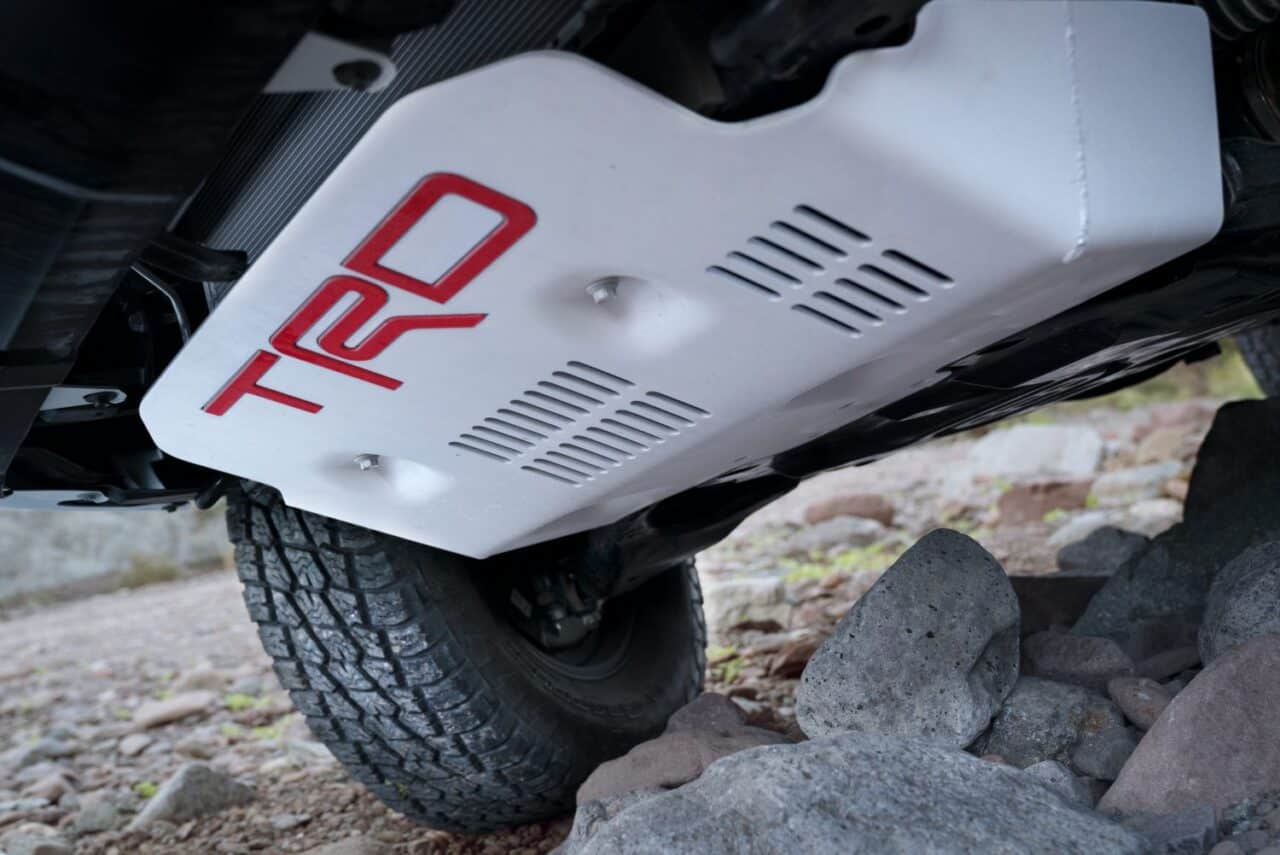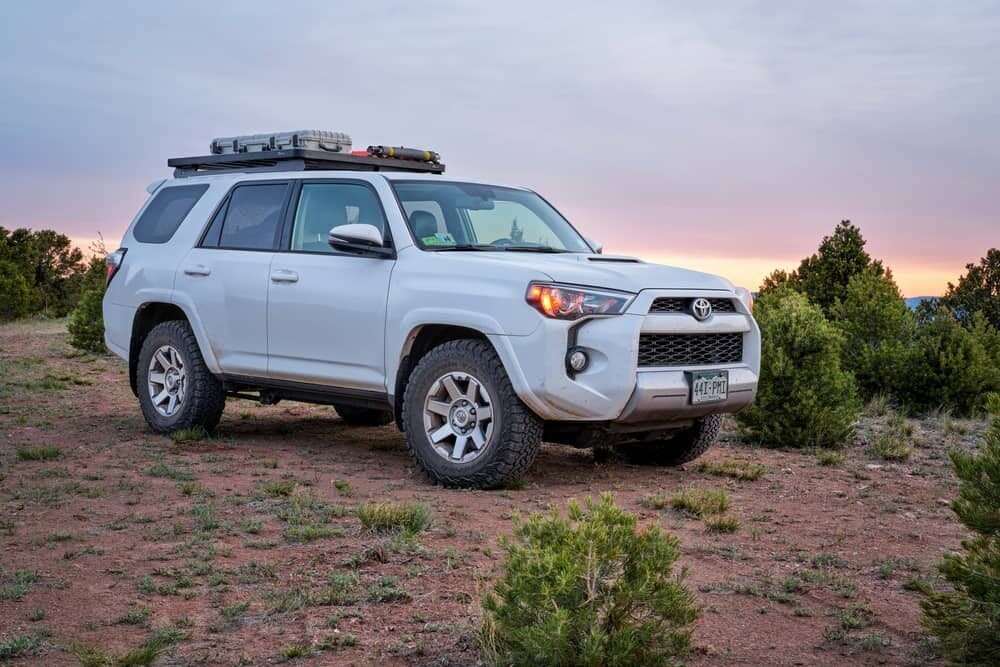8 Things To Consider Before Lifting Your 4Runner
A Toyota 4Runner is a great car because it can do many things, such as off-roading, towing, or just for regular everyday use. Each use requires different needs, such as lift. So, how much should I lift my 4Runner?
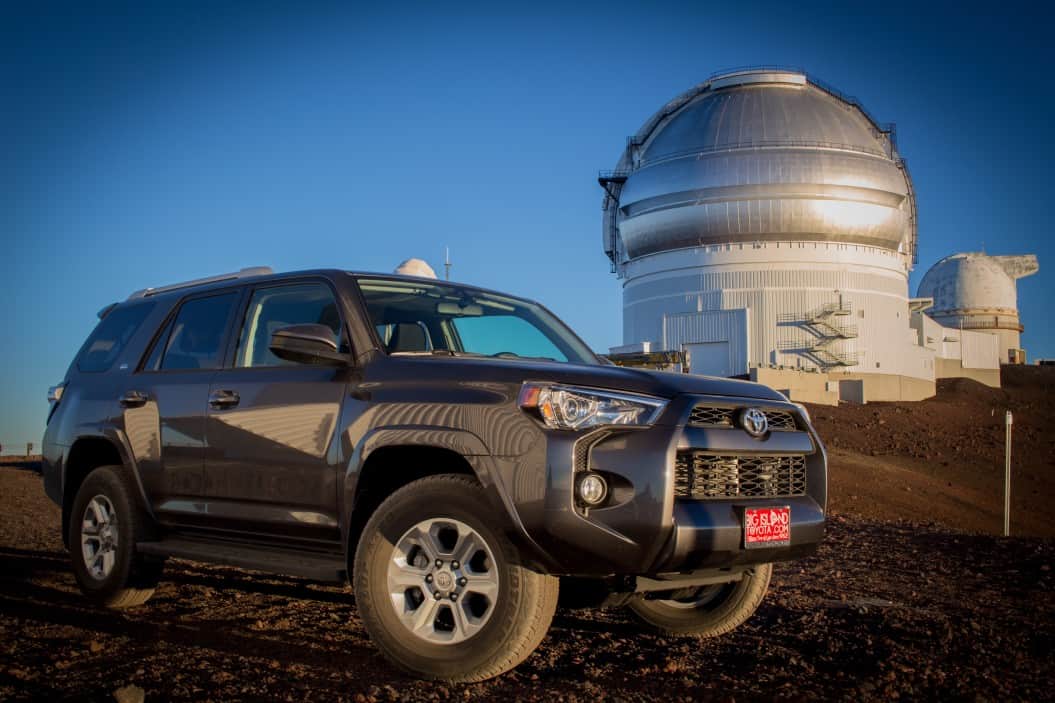
How Much Should I Lift My 4Runner?

For minimum modifications, the Toyota 4Runner can be lifted to 1-1.25 inches. If the desire is to go higher, such as a 3-inch lift for serious off-roaders, modifications will need to be made. Depending on the use of the 4Runner will determine how much the car should be lifted.
But what height is best for which uses and how can I know the best lift in general. There is so much more to lifting your 4Runner, so keep reading to learn everything you need to know.
Things to Think About Before Lifting Your 4Runner
Lifting your 4Runner can require a lot of work and time, so it is important to think it through before doing anything. You do not want to waste time and money that could have easily been saved by thinking ahead. Here are some things you should think about before lifting your 4Runner:
- Budget
- The desired amount of modifications
- Garage height
- Tire size
- Appearance
- Purpose
Budget
Lifting a car can cost a large amount of money, depending on what you want to be done. The minimum amount you can pay for a lift is about $150, but it can also cost up to $3,000 depending on what you are doing. Most suspension lifts cost about $1,000 plus an additional $300 for labor and installation.
Desired Amount of Modifications
If you are interested in making any changes to your 4Runner, then maybe a lift is a great option for you. Lifts require a lot of work as you are modifying your whole car.
On the other hand, if you do not want to put any time and changes into your 4Runner, lifting may not be the best option. Many people lift their 4Runners for looks, so if you are fine with the look of your 4Runner as is, then you do not need to worry about a lift.
Garage Height
This may seem like a silly thing, but it is important to think about! The garage is usually the item that spaces the mind when it comes to vehicle modifications. If you lift your 4Runner high enough, it may not fit in your garage.
Before making any modifications on your 4Runner, make sure your car will fit in your driveway and or garage. The last thing you want to worry about is your car not fitting in your garage.
Tire Size
When you lift your 4Runner, you will also want to think about what size tires you would like. Different tire sizes have different purposes, so it is important to know what you are wanting to use your 4Runner for.
For example, if you are wanting to tow with your 4Runner, you will want to use smaller tires rather than larger ones, because the larger the tire, the less weight you can tow.
Also, you will want to make sure the tires are proportionate to the size of your lift so your 4Runner will run properly.
Apperance
The look of a car can be very important to some people, so if that is something that you care about, you should think about how high you want to lift your 4Runner. Lifting a car can be done for looks, so make sure you know exactly what you are wanting your 4Runner to look like before deciding on a lifting height.
Purpose
One of the most important things to think about before lifting your 4Runner is what purpose the car will serve you. I will go into more detail in the next section, but there are many reasons to lift your 4Runner. Before making any drastic changes to your 4Runner, make sure you know exactly what you want to use your car for.
Different Reasons to Lift Your 4Runner
There are many reasons to lift your 4Runner and each situation can require different lift amounts. Here are some uses of a 4Runner that could be reasons to lift your car:
- Off-roading
- Towing
- Appearance
Off-roading
When you are off-roading, you want your 4Runner to be as high as possible so you can clear different objects.
The highest you should go when lifting your 4Runner is 3 inches. If you go any higher, there will be a strain on your car and it can also become dangerous. If you are going to use your 4Runner mainly for off-roading, you probably will want a 2-3 inch lift.
Towing
If you are planning to mainly tow with your 4Runner, you will not want to lift your car much, if at all. The higher you lift your car, the more dangerous it becomes to tow. For the safest towing experience, the center of gravity should be closer to the ground. When the car is higher, there is more room for error. Make sure that you are being safe if you are towing objects with your car.
Appearance
If you are lifting your truck just for appearance’s sake, then you can lift however you want. It is important to make sure that you are being safe and making sure your 4Runner will run smoothly. You should not lift your 4Runner higher than 3 inches because any higher will cause damage to your car.
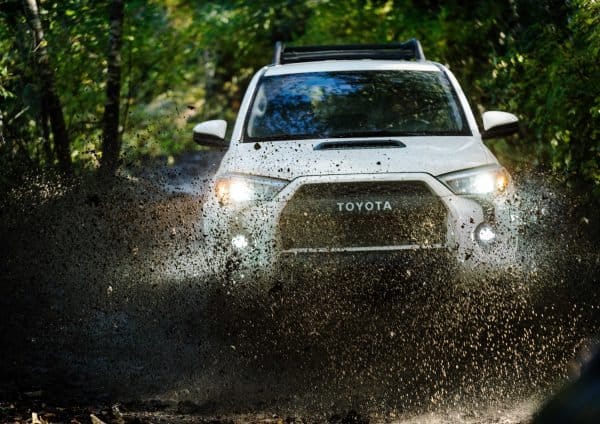
Types of Lifts
There are several ways to lift your car, with a variety or purposes and costs.
- Spacer lifts
- Upgraded shocks
- Long travel suspension
- Body lifts
- Suspension lift kits
Spacer Lifts
If you are looking for a cost-efficient way to lift your 4Runner, spacer lifts are the lift for you. A spacer lift will give a little extra tire clearance without having to replace the suspension. It sort of works like a leveling kit for all tires to give you a little boost on your 4Runner.
Upgraded Shocks
When you upgrade the shocks on your car, you can add lift to the front of your 4Runner. You can choose how high you want the spring to sit, so you can choose how high your 4Runner will go.
Long Travel Suspension
If you are wanting to go off-roading, it might be a good idea to think about a long-travel suspension for your 4Runner. Long travel suspension kits change how far your wheels can go up and down. Usually, the long-travel suspension is used for off-roading racing.
Body Lifts
If you are an off-roading junkie, body lifts are not the way to go. A body lift separates the body of the car from the frame of the car. It is usually done to add larger tires to a car. If you decide to get a body lift, you should only do a 1-1.25 inch lift.
Suspension Lift Kits
A lift kit is the most common way to lift your car and will come with everything you will need to lift your car. You can install the kit yourself, but you may want some friends around to help.
The difference between a lift kit and a body lift is that a suspension lift will lift the whole car, including the frame, while a body lift only lifts the body. The frame of the car is still at the same height.
Other Modifications
When you lift your 4Runner, there are more modifications to make than just the actual lifting. For it to be safe to drive your car with your new lift, you should also modify these things:
- Speedometer
- Braking system
- Steering system
Speedometer
When you are lifting a car, it changes the entire look and function of the car. The body and tires are in different places than they were originally, so other adjustments need to be made.
For example, the speedometer. When your car is lifted, it can change the way the speed you are going is read. For safety and legal reasons, it is important to make sure your speedometer is working properly with your lift.
Braking System
If you think about it, the higher your car is, the longer wires and lines need to be. So, if you lift your car, you need to make sure the lines, such as brake lines, are long enough to work properly. Before driving your 4Runner with its new lift, you will want to make sure your brakes are fully functioning and ready to go.
Steering System
Another system that needs to be adjusted is the steering system. With a higher car, driving is a completely new experience. You are taller than other cars on the road and your center of gravity has moved. Your steering system may need to be adjusted to keep up with the new changes in your car. It is always best to make sure everything is safe before driving your new, lifted 4Runner.
So, how much should you lift your 4Runner? Well, it depends on your lifestyle, budget, and what you are wanting to use your 4Runner for! We hope that this post has been helpful and has given you the information you needed when it comes to lifting your 4Runner!
To Lift or Not to Lift?
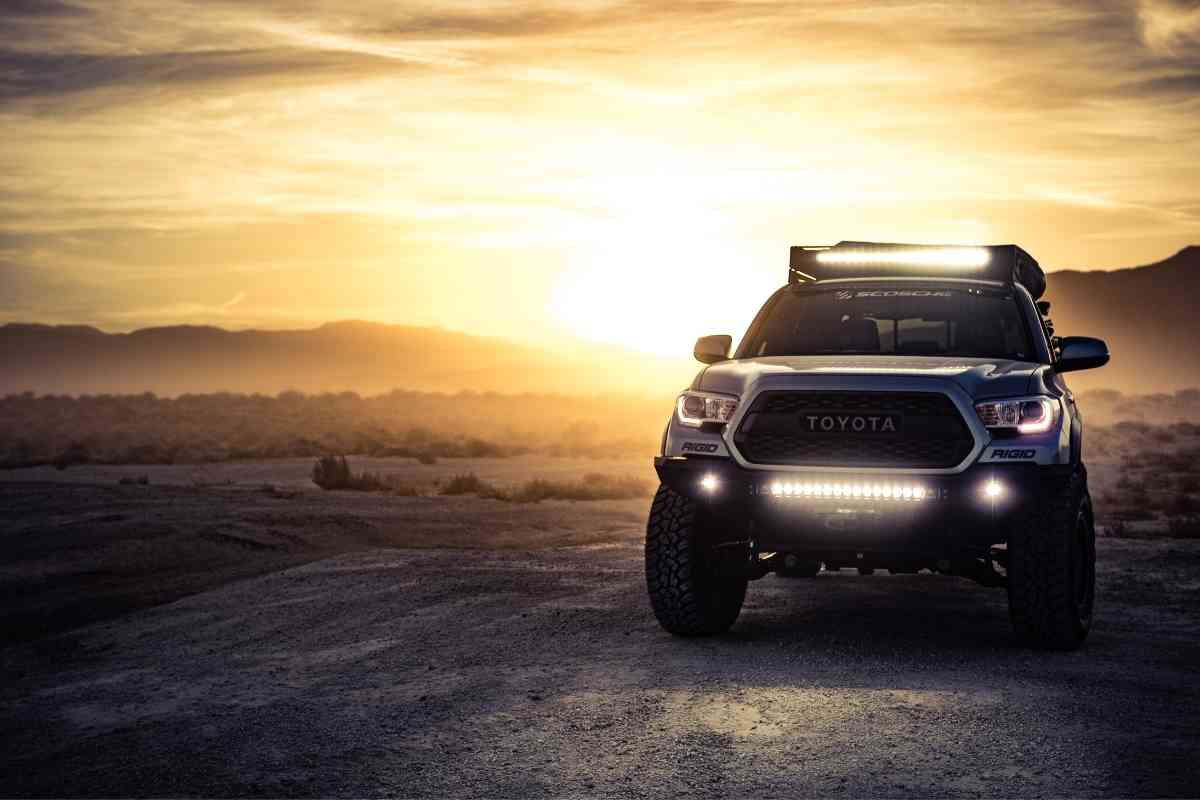
There are pros and cons to getting your vehicle lifted, as well as general information that is good to know and take into consideration before adding a lift kit to your 4Runner.
Firstly, your budget is extremely important. You need to be prepared to pay as much as 3,000 dollars depending on what you’re looking for in a lift kit. The kit itself in addition to any potential labor and installation costs can pack quite a wallop. If you want to avoid labor costs, you can install it yourself, but it will likely take you a great deal of time.
Secondly, it’s always a good idea to take your tire size into account. Your tire size will more often than not determine the type and size of lift you need. Not all lift kits are created equal so you are going to want to plan accordingly.
Additionally, you’ll want to know exactly what your plans are and exactly how much power you’re going to need in a lift kit. Generally, the higher up your vehicle is, the more dangerous it is to tow something. If your center of gravity is too high, you could risk tipping over, which would prove disastrous.
There are specific lift kits that are designed to help aid a car’s towing capacity, kits such as the 895 from Old Man Emu. This kit in particular aids the shocks and coils on the rear end of your vehicle to give it more strength for a greater towing load.
Taking into account things like added weight from bike racks, spare tires, and other accessories, lifting vs. leveling, and the different kinds of kits are the most important things you need to concern yourself with. If you have prepared adequately and have a certain amount of experience, you should do just fine.
You now know all the generally important information. Still, the question remains: should I lift my 4Runner or shouldn’t I, and why not?
Though this is mostly a matter of personal preference, lifts can look pretty awesome. They give your 4Runner a tougher, more jacked look which a lot of people love. You might end up having the coolest car on the block if you ever opt to install a lift kit.
Additionally, they can give you an edge out in the wilderness. If you are an avid off-roader and/or rock crawler, having an additional few inches of ground clearance comes in handy. It helps you get over rocks a lot more easily than if your car were at its normal height.
Another perk is the greatly improved ride quality you are likely to experience. Since your center of gravity has been lifted, you will be less susceptible to an annoyingly teeth-rattling ride as you glide smoothly over potholes and ruts.
Sadly, though there are perks in great numbers, there are still downsides to getting your 4Runner lifted that you ought to be aware of. Though this can also be a good thing, having a higher center of gravity can be a liability as well as a luxury. You are more prone to tipping over or rolling if you are higher up, which can be nerve-wracking and dangerous.
Also, you need to consider what happens when you get home. If you have lifted your vehicle high enough, you might not be able to fit inside your garage anymore, and that can be pretty irritating. You may also be putting unnecessary or even unhealthy strain on your car’s front-end parts, which can wear them out faster.
Costs of Lift Kits
Like many maintenance procedures, lift kits can be fairly costly. The kit itself will cost anywhere from 700 dollars to 3,000 dollars, and that’s without labor, which can cost as much as 300 dollars. As far as lift kits go, you really get your money’s worth, which means you do not skimp on price if you want a good ride.
A lift kit that costs 150 dollars or less will probably not give you the power you need out on the dunes. The most expensive ones will cost closer to 3,000 dollars which is a hefty price, but you will never have to worry about quality. Basically, ask yourself what level of performance you need. The stronger and more powerful you need/want your lift kit to be, the more money you will have to spend.
You might ask, “can I install it myself to save the cost on labor?” The answer is yes you can, but it will take up an entire weekend at the very least. An experienced professional could install a lift kit in 5-7 hours, so it really depends on what’s more important to you: time or money.
The process is fairly straightforward, however, it does require a specific toolset. You will need good jacks and jack stands to support your vehicle. You should not attempt this procedure yourself unless you are sure you are adequately prepared for the workload.
Keep in mind, that the installation process will differ by vehicle. 4Runners are all basically the same, but various models will have different needs for different types of lift kits. The age of your car will play a large part as well. If you have an older vehicle, you may be required to fabricate and/or weld certain parts to accommodate the lift kit.
More 4Runner Resources
If you enjoyed reading about the Toyota 4Runner, you will surely appreciate my other related articles. These articles delve deeper into specific aspects of the 4Runner such as its off-road capabilities, interior design and technology features.
Additionally, I have compared the 4Runner to other popular SUVs in its class to help you make an informed decision about your next vehicle purchase. Give them a read; I am sure you will find them as interesting and informative as the first article.


